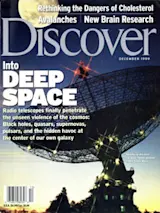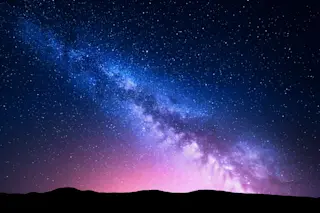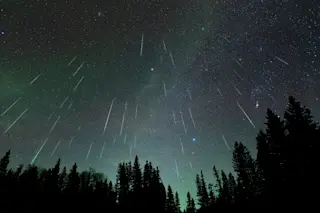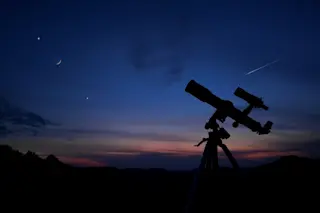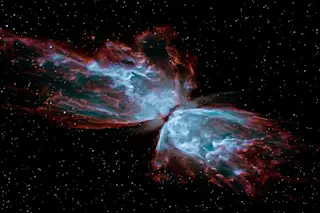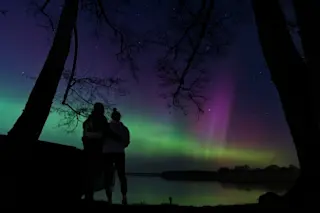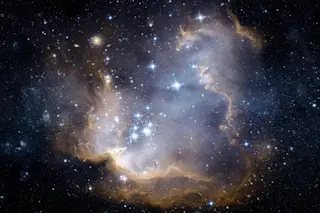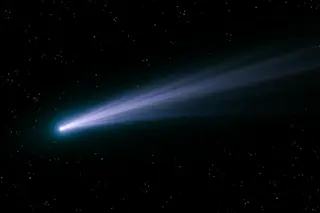In 1932, a Bell Telephone Laboratories engineer named Karl Jansky was hunting down sources of radio static when he detected a persistent noise coming from one part of the sky. The source, as it turned out, was some cosmic unrest at the heart of the Milky Way. No optical telescope could see past impenetrable clouds of gas and dust. But Jansky's radio could hear what was happening.
Since then, astronomers have confirmed that the best way to learn about deep space is often to tune in to its hissy song. And hundreds of millions of dollars have been spent on ever-more-ambitious devices for doing so. For example, the radio telescope built in 1963 in Arecibo, Puerto Rico, stretches 1,000 feet across a small valley. With it, astronomers have listened to the rapid spinning of burned-out stellar corpses and discovered an improbable family of planets serenely circling one of them. The ...


